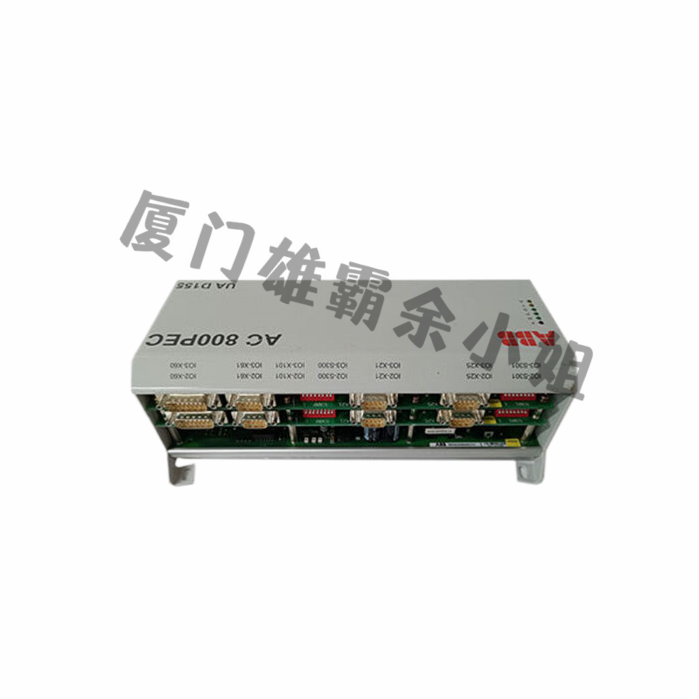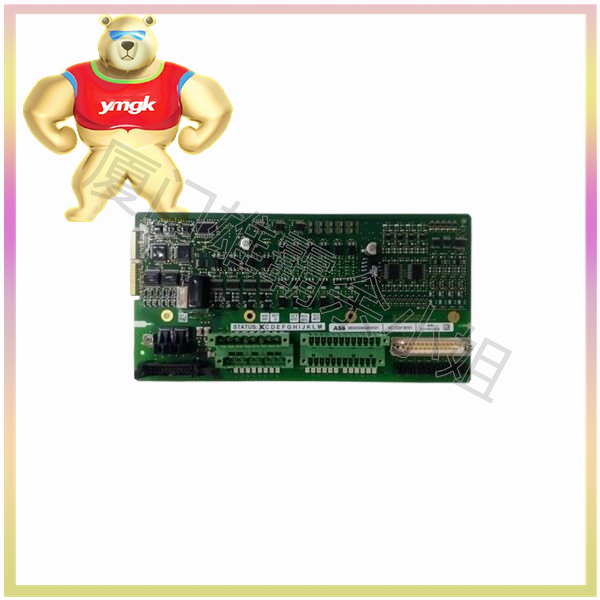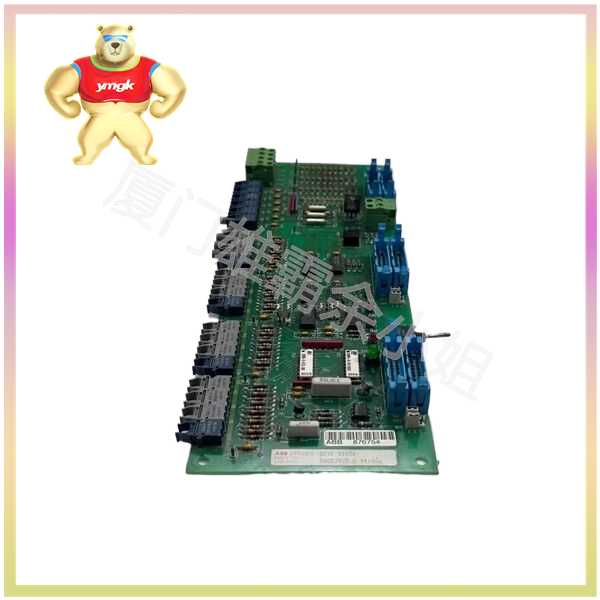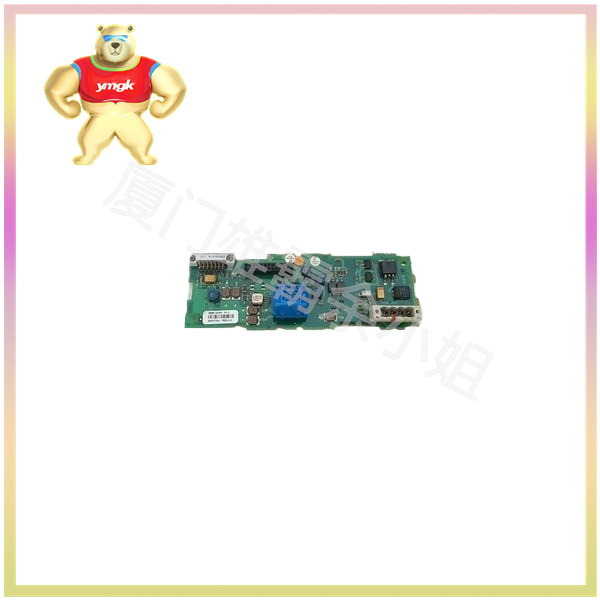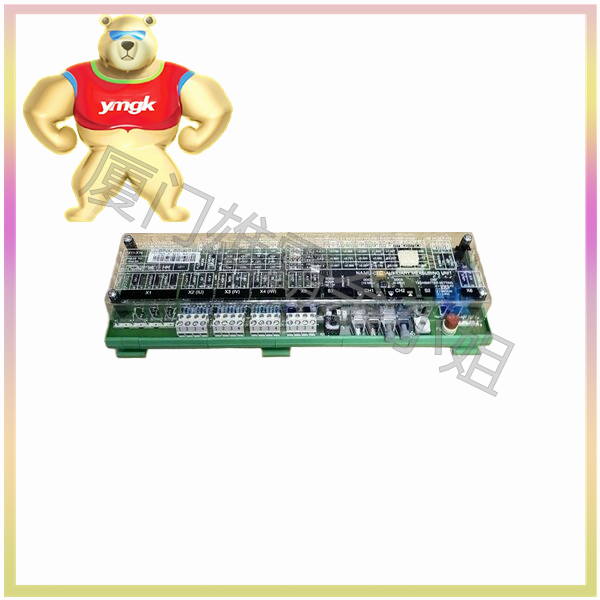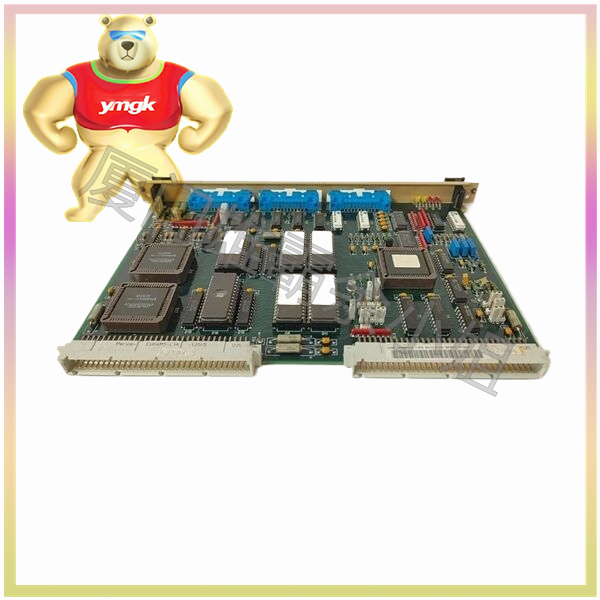Speed control is generally achieved using frequency converters, while servo motors are used for speed control. They are generally used for fast acceleration and deceleration or accurate speed control, as compared to frequency converters, servo motors can reach thousands of revolutions within a few millimeters. Due to the closed-loop nature of the servo system, the speed is stable. Torque control mainly controls the output torque of servo motors, and also due to the fast response of servo motors. By applying the above two types of control, the servo drive can be seen as a frequency converter, which is generally controlled by analog signals.

The important application of servo motors is positioning control. There are two physical quantities that need to be controlled for position control, namely speed and position. More precisely, it controls the speed at which the servo motor reaches its position and stops.
The servo driver controls the running distance and speed of the servo motor by receiving the frequency and quantity of pulses. For example, we agree that the servo motor rotates once every 10000 pulses. If the PLC sends 10000 pulses within one minute, the servo motor completes one rotation at a speed of 1r/min. If it sends 10000 pulses in one second, the servo motor completes a rotation lock at a speed of 60r/min.
Therefore, PLC controls the servo motor by controlling the pulses sent. Physical pulse transmission, using the transistor output of PLC, is a common method. This method is generally used by small PLCs. Medium to large PLCs transmit the number and frequency of pulses to servo drives through communication.

